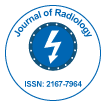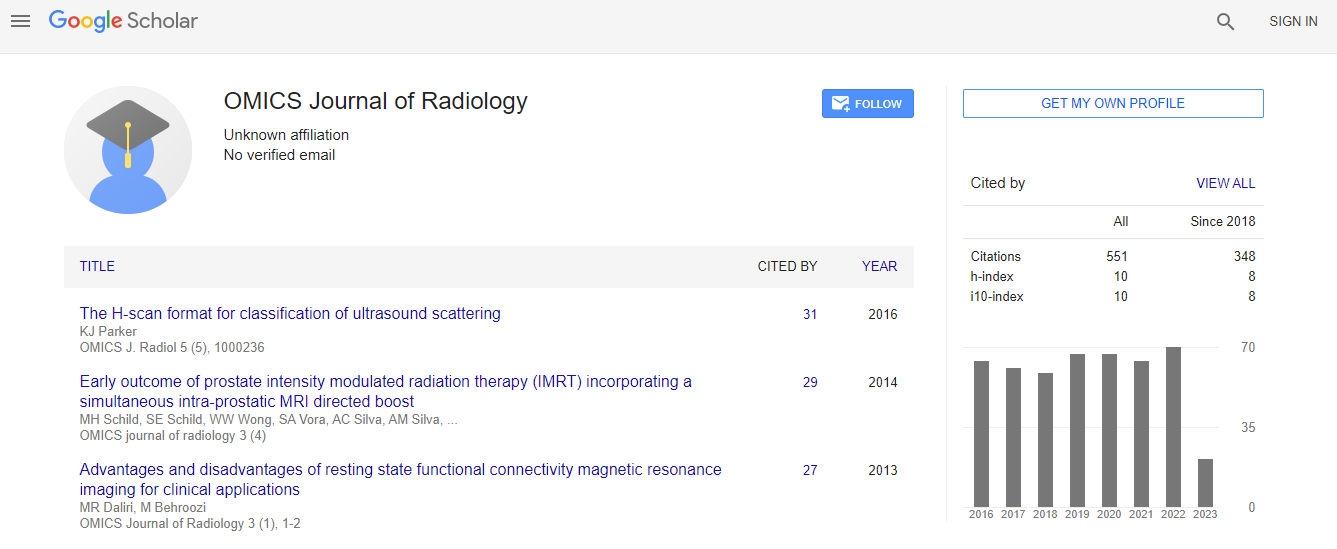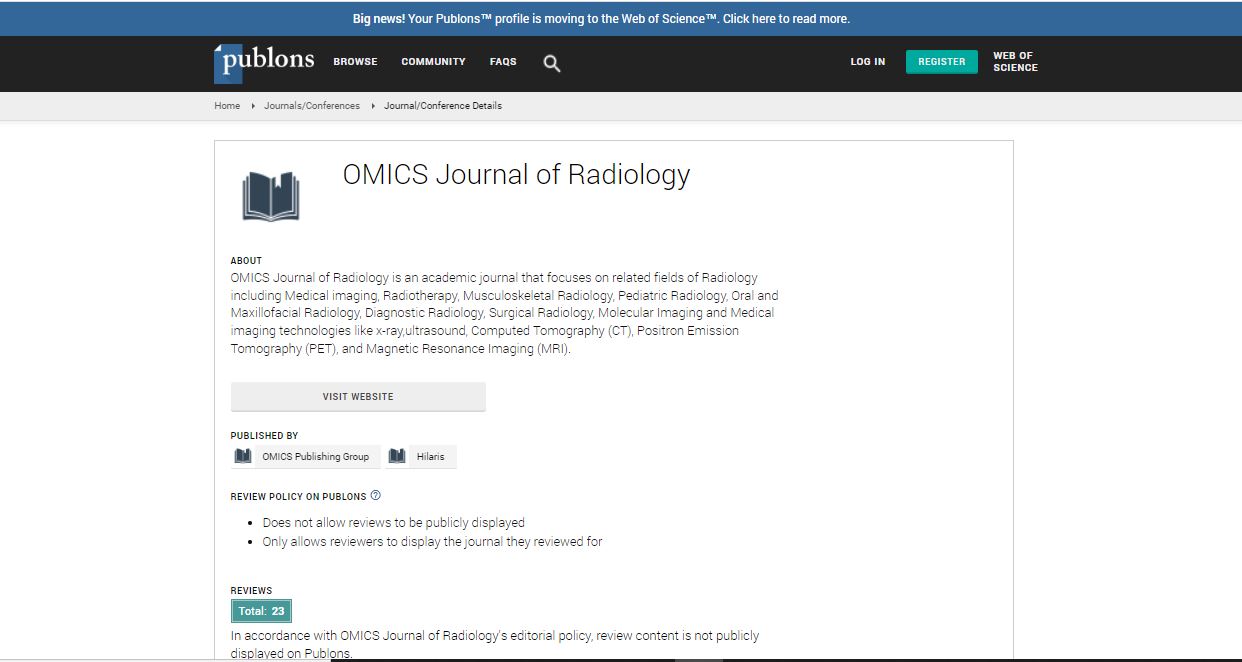Our Group organises 3000+ Global Conferenceseries Events every year across USA, Europe & Asia with support from 1000 more scientific Societies and Publishes 700+ Open Access Journals which contains over 50000 eminent personalities, reputed scientists as editorial board members.
Open Access Journals gaining more Readers and Citations
700 Journals and 15,000,000 Readers Each Journal is getting 25,000+ Readers
Google Scholar citation report
Citations : 551
Journal of Radiology received 551 citations as per Google Scholar report
Journal of Radiology peer review process verified at publons
Indexed In
- Index Copernicus
- Google Scholar
- Open J Gate
- Genamics JournalSeek
- ResearchBible
- Electronic Journals Library
- RefSeek
- Hamdard University
- EBSCO A-Z
- OCLC- WorldCat
- SWB online catalog
- Virtual Library of Biology (vifabio)
- Publons
- Geneva Foundation for Medical Education and Research
- ICMJE
Useful Links
Share This Page
The distribution of spontaneous intradural cerebral artery dissection angiographically with the symptomatology
2nd International Conference on Neuroscience, Neuroimaging & Interventional Radiology
Aminur Rahman
National Institute of Neuroscience and Hospital, Bangladesh
ScientificTracks Abstracts: OMICS J Radiol
Abstract
Aim: Aim of this study was to analyze the distribution of spontaneous intradural cerebral artery dissection angiographically with the symptomatology of admitted patients to our hospital. Materials & Methods: We analyzed retrospectively collected data of the stroke patients├ó┬?┬? with 4-vessels angiogram in our institute from January 2013 to June 2014. Out of 164 of cerebral dissections in angiographic pattern we found only 16 patients of intradural dissecting aneurysms that were included in this study. The male-female ratio was 37.5: 62.5 and the mean age was 47.56├?┬▒13.19 years. According to the angiographic finding depicting the location of the dissection plane in the arterial wall, we categorized to stenoocclusive, aneurysmal, combined (steno-occlusive and aneurysmal) pattern. In each dissection pattern, we evaluated presenting symptoms and presence of subarachnoid hemorrhage (SAH), infarction, intracerebral hemorrhage (ICH) or combined. Results: The most common symptomatic presentation was headache (75%), followed by neck pain (50%), motor weakness of limb(s) (43.8%) and loss of consciousness (LOC) (37.5%). The most common angiographic pattern was aneurysmal patterns (68.75%) followed by steno-occlusive (18.75%) and combined (12.5%) patterns. Aneurysmal pattern was most frequently related to SAH (7/11, 63.63%) in contrast to steno-occlusive pattern was only related to infarction (3/3, 100%). The most frequent dissections were in the intradural vertebral arteries (IV) and posterior cerebral artery (PCA), presented with SAH 80% (4/5) and 33.33% (1/3) respectively. Infarction was common abnormality in patients with the intradural carotid arteries (IC) 33.33% (1/3), superior cerebellar artery (SCA) 33.33% (1/3) and basilar artery (BA) 33.33% (1/3) each whereas ICH was common abnormality in patients with the posterior inferior cerebellar artery (PICA) 50% (1/2). Conclusion: The most common symptomatology of intradural cerebral artery dissection are headache and neck pain followed by motor weakness of limbs and LOC. SAH with aneurysmal pattern, in the posterior circulation especially in the IV is the most frequent diagnosis which requires combined analysis of angiographic pattern and clinical presentations of stroke.Biography
Aminur Rahman is currently working as Assistant Professor in the Department of Neurology, Sir Solimullah Medical College, Mitford Road, Dhaka, Bangladesh.

 Spanish
Spanish  Chinese
Chinese  Russian
Russian  German
German  French
French  Japanese
Japanese  Portuguese
Portuguese  Hindi
Hindi 
